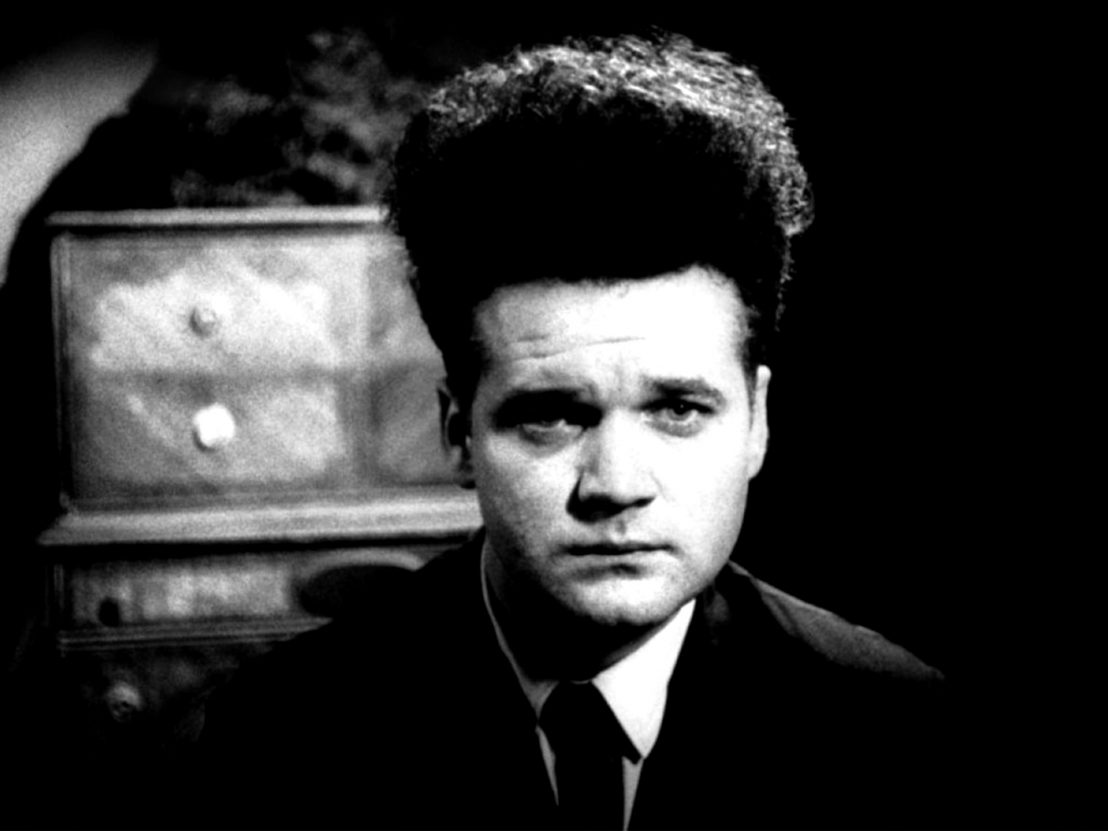
Forty years ago, like an alien spacecraft descending from the stars, David Lynch’s first feature arrived. Too weird for the daytime, it found a home in midnight screenings across the US and soon established Lynch as a director to watch and, quite possibly, fear. This impressionist nightmare still stuns with its meticulous construction and almost unbearable atmosphere of dread. Horror cinema has imagined plenty of monsters to keep us awake – sharks, ghosts, masked killers – but Eraserhead posits that the scariest thing of all is life itself.
The plot sees meek print worker Henry invited to a dinner at his ex-girlfriend’s house only to learn that she has prematurely given birth to his baby – at least, they think it’s a baby. Henry is then reluctantly thrown into the role of husband and father, as well as carer of his slimy, unhappy offspring that only vaguely resembles a human. The hallucinogenic odyssey of fear that follows wouldn’t sit comfortably in a plot summary – needless to say that it gets even weirder, and Henry is pushed possibly beyond the bounds of sanity.
Production lasted an incredible five years, with Lynch’s skeleton crew shooting in abandoned stables and working from a 21-page script. In the lead role Lynch cast Jack Nance – the beginning of lifelong collaboration. With hunched shoulders, rigid back, and arms stuck to his side, Nance’s Henry is the picture of discomfort. He takes one shuffling step at a time, beaten into a full-body wince by miserable circumstance. His eyebrows alone communicate desire, outrage, and timidity all at once.
Henry finds it impossible to relax because he sees horror in the everyday – the essence of paranoia. The industrial wasteland outside his front door is dangerous, but even Henry’s own bedroom – even his own body – can’t be trusted. Every shadow hides a new kind of monster. Yet, as with so much great horror, Eraserhead also has a humorous side. Characters are given to unexpected manic or erotic convulsions, and the suddenness of their behaviour prompts a sort of absurdist shock, as if the film were a vaudeville sketch written by aliens who haven’t quite grasped the difference between laughter and revulsion.
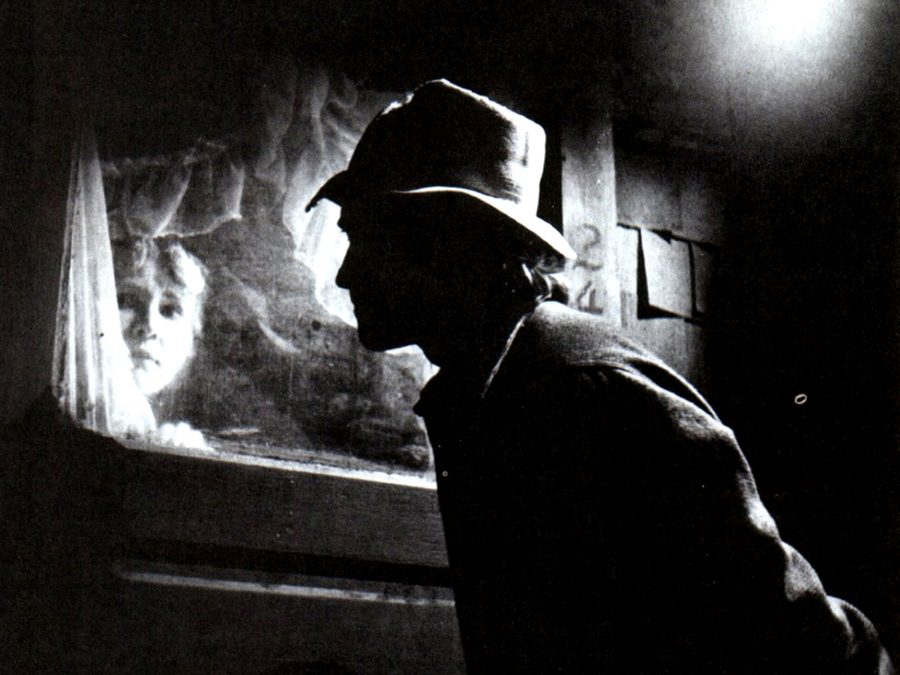
As well as Henry’s grimy room, where most of the film takes place, Lynch’s film makes us of some remarkable location shooting. The nameless city is a grey landscape of decay where concrete and metal block out the sky, whose residents seem to be living at the bottom of the world. Even more effective is the tooth-gnashing sound design.
Whether it’s the rubbery twang of skin or a fizzing light bulb, everything is so full of noise that it seems like it might come alive. There’s also a symphony of constant background noise, of the sort familiar to anyone who has lived in a built-up area but taken to an outrageous extreme. The effect is oppressive, and a general sense of distress lingers in the air leaving nowhere to hide.
Fans still debate what it all means, but it’s hard not to put Lynch’s own backstory at the centre of it. The director’s first child was born when he was 21, and he worked as a printer to support his family in a rundown part of Philadelphia that was worlds away from his own childhood in Middle America. Lynch was, by his own admission, a reluctant father. His baby was born with club feet and put immediately into a cast, which could have inspired Henry’s feeling of hopelessness in the face of his baby’s illness. Even Henry’s physical appearance – a dark suit and gravity-defying hair – is the trademark look that Lynch continues to rock to this day.
However, the director also famously insists on each viewer’s right to let his films mean what they will. He refuses to deconstruct his images not out of stubbornness but because he wants to prompt discussion and debate, led by the mantra ‘what you know is valid.’ He’s a filmmaker motivated by instincts and dreams; he begins with feelings and works backwards from there.
With Eraserhead, those feelings happen to be nausea, dread, and disgust. The success of the film is that without entire alienating its audience, its sounds and images are obscure enough to evade definitive analysis but resonant enough that they bear repeat viewings without diminishing returns.
With this film alone, Lynch has inspired countless filmmakers who like to play in the shadows: see the noxious claustrophobia of Barton Fink, the icky practical effects of Alien, or The Babadook’s crisis of fearing your own child. Eraserhead’s success paved the way for mundane weirdness, where apprehension can strike from the most banal places. Still, despite its huge influence, Eraserhead remains a singular experience 40 years on, unmatched in audacity and atmospheric disquiet.
Published 3 Feb 2017
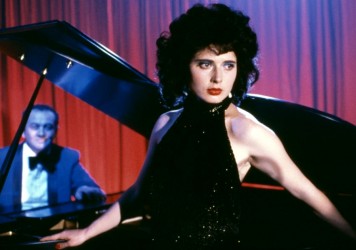
Exploring the director’s use and manipulation of music in his 30-year-old masterpiece.
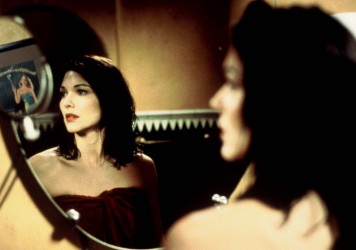
A new poll of critics conducted by the BBC reveals 100 cinematic marvels.
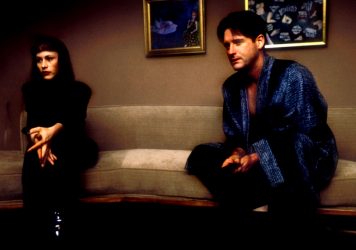
The cult director’s peek behind the curtain of this iconic American city reveals the horrors within.